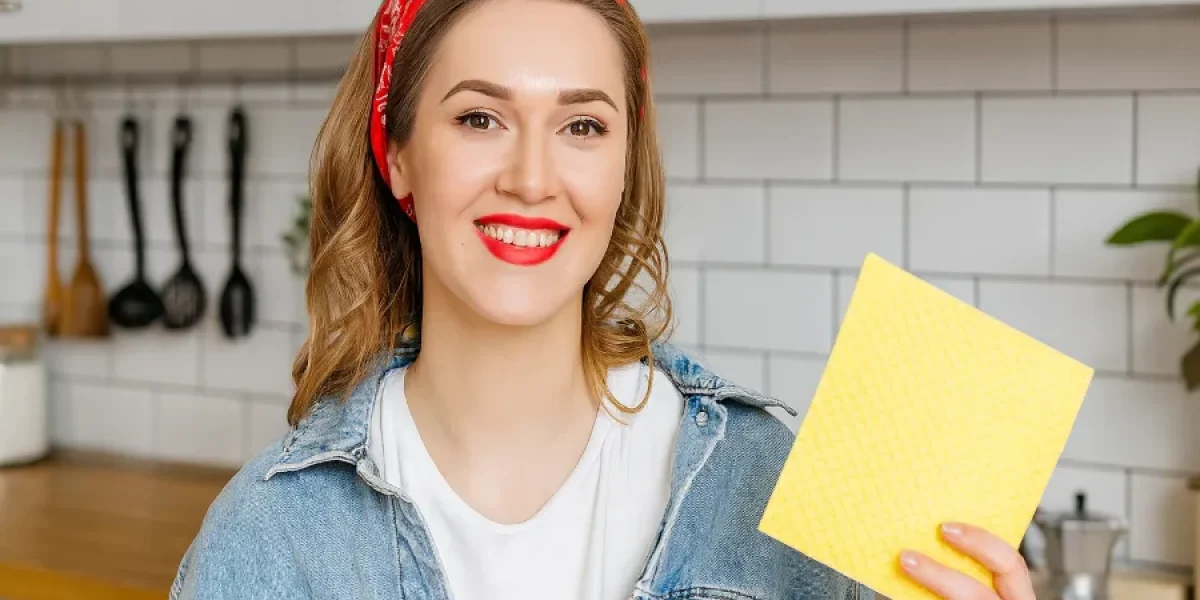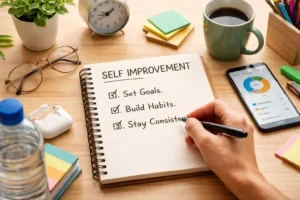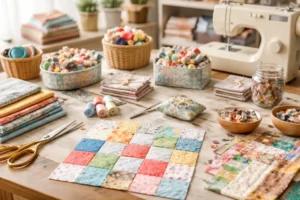
Hey there welcome to my little corner of the internet, where I geek out over eco-friendly cloths, kitchen swaps, and making everyday cleaning more sustainable (and honestly, a lot more fun). If you’ve ever stared at a sink full of dirty dishes and thought, “There’s got to be a better way than paper towels and smelly sponges,” you’re in the right place.
Over the years, I’ve experimented with sponge cloths, cotton cloths, microfiber cloths you name it and today I want to walk you through what’s worked best in my home: how I use each type, how many you really need, and how to keep them fresh. Let’s dive in.
Sponge Cloths
Let’s start with my current obsession: sponge cloths. These beauties can actually replace stacks of paper towels in your kitchen.
When dry, they feel stiff, almost like a pressed sheet. Once dampened, they soften into a sponge + towel hybrid that’s surprisingly versatile.
Why I Love Them
- Absorbent enough to handle even big spills.
- Quick-drying, which means less chance of that dreaded “rag smell.”
- Compostable once they’ve reached the end of their life.
How I Use Them
I keep one sponge cloth by the sink for daily counters and spills, and another for wiping appliances. Wet it first, wring it out, and it’s ready to go.
Cotton Cloths
Cotton cloths are the classics. They’ve been around forever and still earn their spot in any eco-friendly home.
Why They’re Great
- Super absorbent and soft on surfaces.
- Washable and durable—great for daily use.
- Available in organic or untreated options if you want the cleanest cloth possible.
How I Use Them
I reach for cotton when drying dishes, polishing glassware, or cleaning delicate surfaces. They feel cozy and reliable—like the trusty T-shirt you never want to toss.
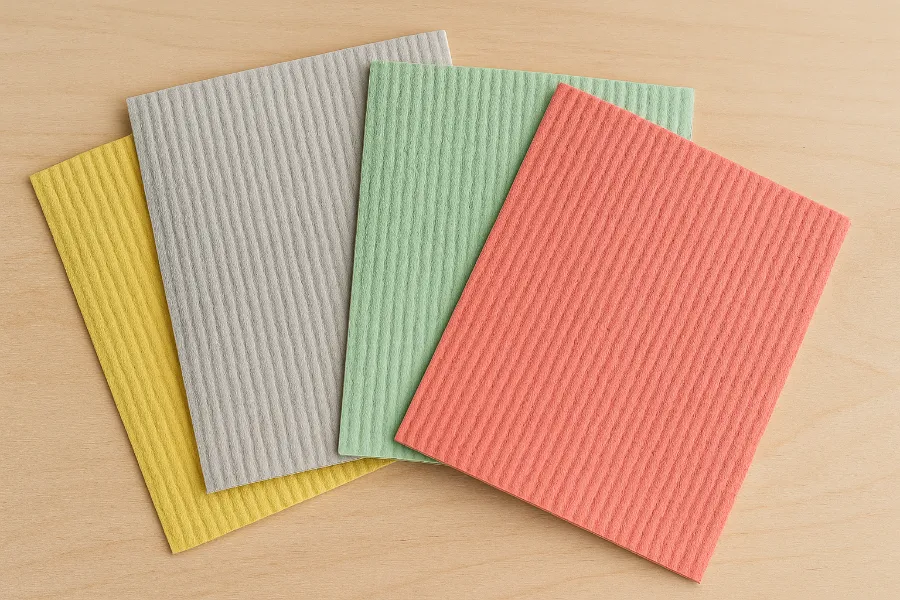
Microfiber Cloths
Even though they’re synthetic, I still count microfiber cloths as eco-friendly because they reduce the need for paper towels and chemical cleaners.
Why I Keep Microfiber Around
- They trap dust, dirt, and grease with ease.
- Excellent for mirrors and glass without streaks.
- Durable—good microfiber lasts for years with care.
How I Use Them
I use microfiber cloths for windows, mirrors, and stainless steel appliances. They’re also perfect for dusting shelves or wiping electronics safely.
Cleaning Cloths
Every home needs a stash of cleaning cloths the workhorses you grab for random messes.
Why I Use Them
- Always ready for spills, crumbs, or dust.
- Inexpensive and easy to rotate.
- Versatile enough for any room in the house.
How I Use Them
I keep a basket of general cleaning cloths in the kitchen and another in the bathroom. When one’s dirty, it goes straight into the laundry, and I grab a fresh one.
Dish Cloths
No eco-friendly kitchen is complete without dish cloths. They’re the ones that get the dirtiest and work the hardest.
Why They Matter
- Textured for scrubbing and washing dishes.
- Rinse easily and dry quicker than sponges.
- Found in eco-materials like cotton or bamboo.
How I Use Them
I rotate dish cloths daily. After dinner clean-up, the used one heads to the wash pile, and a fresh one takes its place. Easy and sanitary.
Dish Rags
Dish rags are the tougher, bulkier cousins of dish cloths. They’re not pretty, but they’re lifesavers for heavy-duty cleaning.
Why I Use Them
- Thicker and more absorbent.
- Great for greasy, grimy jobs.
- Last through countless washes.
How I Use Them
I grab dish rags for greasy stovetops or pots with burnt-on food. They’re the “no worries, I can handle it” option when regular cloths won’t cut it.
Kitchen Towels
Kitchen towels often get overlooked, but they’re the unsung heroes of a greener home.
Why They Matter
- Large, absorbent, and multipurpose.
- Safe for drying hands, dishes, or covering dough.
- Easy to wash and rotate.
How I Use Them
I hang a kitchen towel on the oven door and change it out every couple of days. It’s always within reach for drying hands or grabbing a hot dish in a pinch.
Hand Towels
Every sink deserves a hand towel. They’re a small switch with a big impact.
Why They Matter
- Replace single-use paper towels.
- Soft and absorbent for frequent use.
- Easy to wash and refresh often.
How I Use Them
I keep hand towels in the kitchen and bathrooms, swapping them out every two or three days—or sooner if they get too damp.
Scrubbing Cloths
Sometimes you need a little grit. That’s where scrubbing cloths come in.
Why They Matter
- Textured for tackling stuck-on grime.
- Stronger than a standard cloth.
- Reusable alternative to disposable scrubs.
How I Use Them
When I’m cleaning the oven or scrubbing pans, scrubbing cloths save the day. They’re also great for stovetops and other tough surfaces.
Floor Cloths
For the big jobs, nothing beats floor cloths.
Why They Matter
- Large and durable, designed for heavy messes.
- Reusable and washable, unlike disposable mop pads.
- Perfect for muddy footprints or pet messes.
How I Use Them
I keep a dedicated set of floor cloths for mopping the kitchen and bathroom. After use, I rinse them out, hang to dry, and toss into the next hot wash.
How Many Cloths Do You Actually Need?
This is the question I get the most: how many is enough? Here’s what’s worked for me:
- 3–5 dish cloths
- 2–3 sponge cloths
- 4–6 cleaning cloths
- 1–2 scrubbing cloths
- 2 floor cloths
- A handful of cotton cloths, kitchen towels, and hand towels
This rotation means I never run out before laundry day, and I can always grab a fresh cloth without thinking twice.
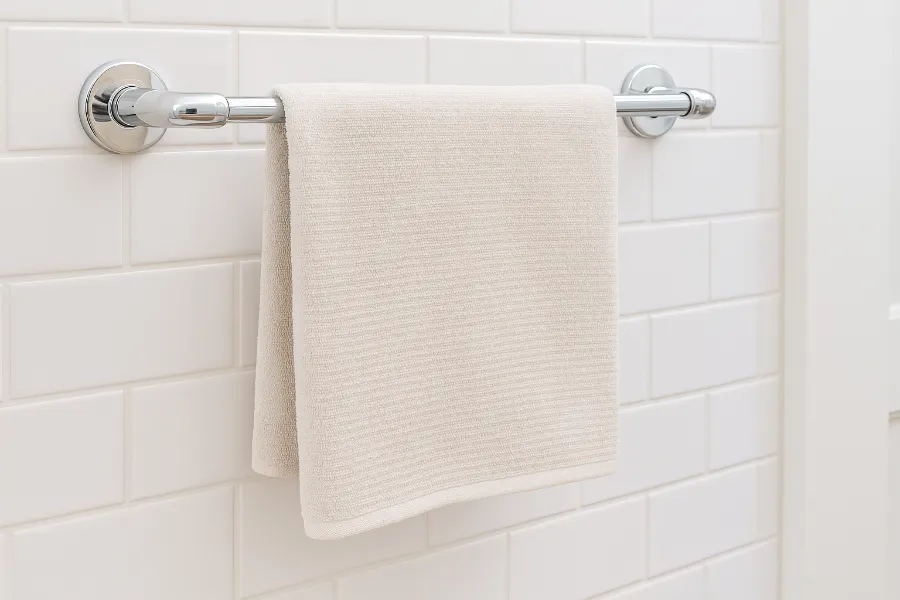
How to Care for Eco-Friendly Cloths
If you take care of your cloths, they’ll take care of you. Here’s my simple routine:
- Rinse after use so nothing lingers.
- Hang dry instead of tossing into a damp pile.
- Wash hot once a week with towels.
- Rotate often to avoid overuse.
- Retire gracefully: compost natural cloths like cotton or sponge cloths when they’re worn out.
Final Thoughts
Switching to eco-friendly cloths has been one of the best changes I’ve made at home. It’s reduced waste, saved money, and honestly made cleaning a little more enjoyable.
If you’re just getting started, try a mix: sponge cloths for spills, cotton cloths for drying, microfiber for windows, dish cloths for daily washing, dish rags for the tough jobs, kitchen towels and hand towels for everyday use, scrubbing cloths for stubborn grime, and floor cloths for the big messes.
With a simple rotation and a little care, eco-friendly cloths can transform the way you clean—and make your home a greener, happier place.
FAQs
Eco-friendly cloths are reusable cleaning cloths made from sustainable materials like cotton, bamboo, or cellulose. They help reduce waste by replacing paper towels and single-use wipes.
Most households do well with 10–20 cloths in rotation. This allows you to always have clean ones ready while others are in the wash.
Yes, sponge cloths are more absorbent and reusable, often lasting weeks or months. One sponge cloth can replace dozens of rolls of paper towels.
Wash them in hot water with towels or linens. Avoid fabric softeners, as they reduce absorbency, and always hang them to dry fully.
Dish cloths are lighter, quick-drying cloths for daily use. Dish rags are thicker and tougher, perfect for greasy or heavy-duty cleaning.
With proper care, most eco-friendly cloths last several months to a year. Microfiber and cotton cloths can last even longer if washed gently.
Not entirely, but they can replace paper towels, sponges, and disposable wipes. With the right mix, you’ll drastically reduce waste and costs.

